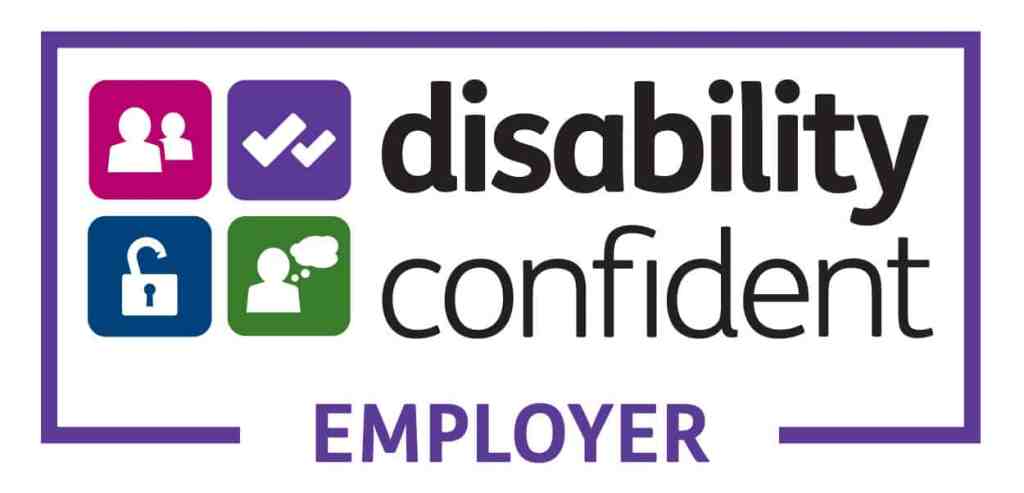Analysis Paralysis
We can all relate to the feeling of being overwhelmed at work, whether that’s as an individual or as a team. Analysis paralysis, or task paralysis, can lead to feeling stuck and unable to move forward or take action, ultimately increasing stress and decreasing productivity.
Prioritisation can help with this paralysis and improve focus and motivation. But often in teams there are two or more “top priorities” for the engineering team or a project delivery. Which leads to confusion and a lack of focus. Often creeping in and reducing productivity over time.
For any typical Scrum team, the Product Owner should handle the prioritisation at the epic level. So the team should be able to focus on just one top priority, even if they’re aware of numerous priority items waiting for them on the backlog.
But how does a Product Owner determine which of their many high-priority deliverables is the top priority?
By Gemma Openshaw, Delivery Managing Consultant and Greg Horsfall, Senior Business Analyst.
Tools for prioritisation
Many models can be used to prioritise and rank the work in the backlog. The Product Owner is responsible for weighing up the needs and wants of the project stakeholders and choosing the relevant method/model for the project. Often using one or a mix of techniques from:
- MoSCoW (Must have, Should have, Could have, Would have)
- Kano (Must be, Attractive, One dimensional, Indifferent, Reverse)
- Cost of Delay
- or scoring methods using points and weightings such as WSJF (Weighted Shortest Job First).
Important! If you find that two or more tasks share a priority, especially a “top priority”, remember that only one item can truely be the “top” priority, otherwise it defeats the purpose of prioritisation.
Once the Product Owner decides on a priority, they must effectively communicate with the entire team. If anyone in the team is unaware of the priority or the goal, any work they undertake won’t contribute to achieving that goal and can reduce focus. And as a worst-case scenario, they may unknowingly hinder any work to achieve that goal.
Communication is the backbone of Agile
No matter how experienced a team is in delivering or how “standard” a project might be, you’re asking for failure without active communication.
It’s not just agile teams. Prioritisation should happen throughout an organisation. The leadership team might prioritse initiatives, the product owner might prioritise projects or features that will deliver customer value, and teams might prioritise tasks.

Team level priorities
Whilst working with a client recently, and in the absence of a Product Owner role at the organisation, we helped the team to prioritise their overwhelming list of tasks in the backlog by using the qualitative cost of delay. After categorising tasks into themes, we used a 3×3 matrix and rated the tasks based on Effort and Impact. Since this was an online session, we had cameras on, and each team member used hand gestures to silently indicate their ratings.
Round One: Discuss the item so everyone knows what the task involves. Then silently rate the task on the effort required after One, Two, Three…
👍🏼 High
👊🏼 Medium
👎🏼 Low
A discussion with the team follows if there are different opinions on the required effort. Then a re-vote occurs if necessary, until there is a consensus or majority.
Round Two: Repeat the same as round one but with Impact or Value, vote after One, Two, Three…
👍🏼 High
👊🏼 Medium
👎🏼 Low
The outcome is a matrix of tasks the team can put into priority order, selecting from the items with the greatest value but least effort. This collaborative prioritisation session gives the team a sense of inclusion and contribution to the team’s focus. In this case, the team said that it was the best prioritisation session they’d ever had, and productivity increased as a result.
Overcoming Analysis Paralysis
Analysis Paralysis is alive and kicking in a surprisingly large number of organisations we work with. Gradually introducing new tasks and priorities often results in a lack of direction and drift from the organisation’s primary goals.
With so many different ways to prioritise, if you’re unsure where to start, pick one and try it. Gradually experiment with the various methods and see what works. Because what works for one team may not work for the next.
Communication and a shared understanding are vital in avoiding Analysis Paralysis and creating a clear priority that everyone understands and can provide focus.
If you need any help getting started, or working out which of your 5 priorities is the top priority, then get in touch.
Authors Bio
Gemma Openshaw, Delivery Managing Consultant at Nimble Approach.
Gemma has been working in tech delivery roles for over a decade and is passionate about developing teams and unlocking their potential. Supporting teams and organisations with their agile ways of working and pace of delivery.
Greg Horsfall, Senior Business Analyst at Nimble Approach.
Greg has over 10 years of IT delivery experience in a wide variety of industries. He has a passion for enabling delivery teams to realise and deliver real value, through effective communication, process adoption and leadership.
















